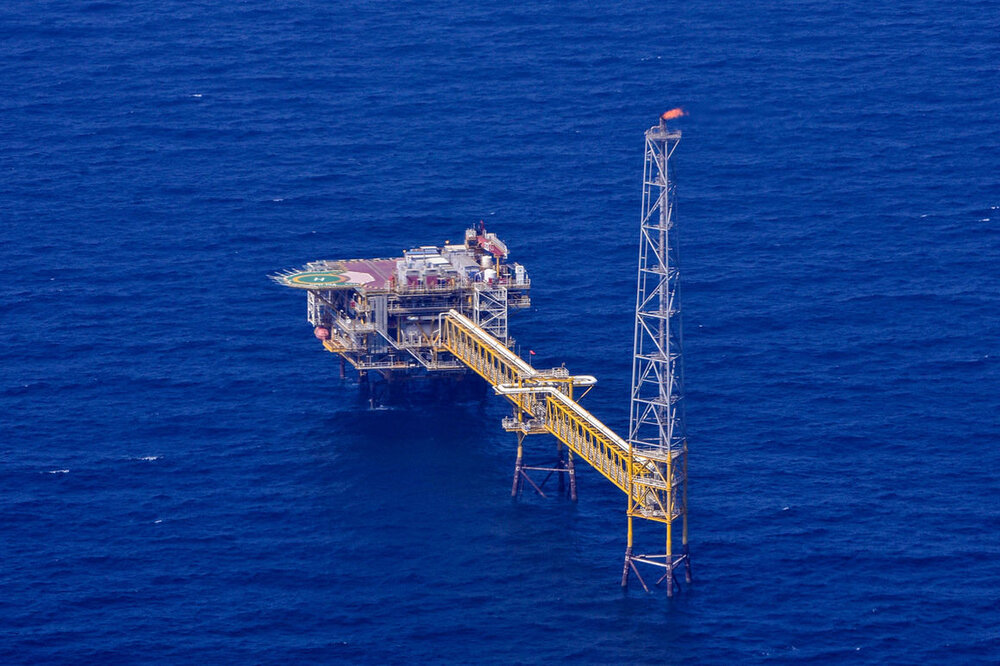Developing new fields necessary to meet Iran’s gas needs: POGC head

TEHRAN – Managing Director of Pars Oil and Gas Company (POGC), which is in charge of developing Iran’s giant South Pars gas field in the Persian Gulf, says the reserve can supply 75 percent of the country’s natural gas needs for the next 25 years if other fields in the Persian Gulf are developed as well.
According to Mohammad Meshkinfam, although the reduction of recovery factor in the South Pars reservoir is not noticeable at the moment, in the next five years, it will reach a point where this reduction will be significant, Shana reported on Saturday.
Mentioning the latest progress in the field’s Phase 11 development project Meshkinfam said: "The development plan of Phase 11 is being implemented with a focus on the southern platform located near Iran and Qatar border."
“To accelerate the development project, Phase 11 Development Plan is designed based on the maximum utilization of existing facilities”, he mentioned.
The official noted that the installation of the wellhead jacket of phase 11, which was loaded from the yard of Naft Sazeh Qeshm (NSQ) earlier this month, will be completed within a month, and immediately after the installation drilling rig will be placed on the jacket and drilling operations will begin.
He further mentioned the platform C of phase 12 nearing its end and noted that since the gas pressure in this platform has reduced significantly the extraction operations will be finished in the beginning of the next Iranian calendar year (March 2021) and the platform will be relocated to the phase 11.
In an interview in August 2019, Meshkinfam had said that the recovery factor of some phases in the field have started to fall.
The official had stressed that within the next three or four years if Iran does not come up with a plan for managing the situation, the decrease in the field’s production pressure will be as big as the total capacity of a phase (56 million cubic meters) per day.
South Pars is the world’s largest gas field, covering an area of 3,700 square kilometers of Iran’s territorial waters in the Persian Gulf.
The giant field is estimated to contain a significant amount of natural gas, accounting for about eight percent of the world’s reserves, and approximately 18 billion barrels of condensate. The field is divided into 24 standard phases.
EF/MA
